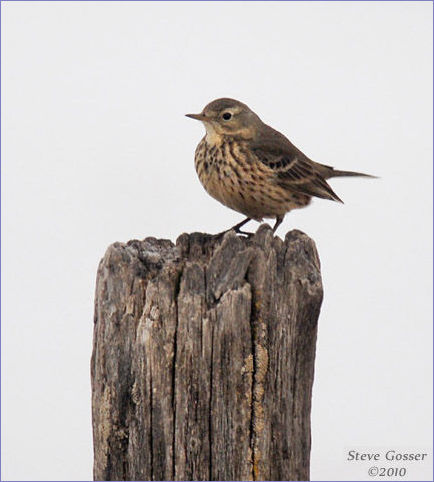
2 November 2010
Western Pennsylvania was a changed landscape last Sunday, 31 Oct 2010, when I drove to Shenango Lake.
Only a week before the trees showed some fall color and many still had leaves, but now most trees are bare except for russet stands of oaks and lone tulip poplars with yellow tops like candle flames.
For many years I kept track of the date when the trees lost their leaves. It’s a useful marker for scientific studies. For instance, it’s the first piece of local information you need for doing a deer density count(*).
Once I started tracking the dates when “Most Trees Are Bare” and “Most Trees Have Leaves” (real leaves, not just hints) I realized there are leaves on our trees only six months of the year. In the City of Pittsburgh, where our growing season is longer because of urban heat, most trees are bare by November 15 and most have leaves by May 5.
You can track this too. The oaks still had their leaves last weekend so I’ll wager none of you have reached the “Most Trees Are Bare” stage. But that date is coming very soon.
Keep watching.
(photo by Kate St. John)
(*) To calculate deer density, you walk a transect counting the number of deer scat piles on top of winter’s fallen leaves. Use the number of scat piles, the number of days since all the leaves fell, and the average number of times a deer drops scat per day to calculate deer per square mile.
